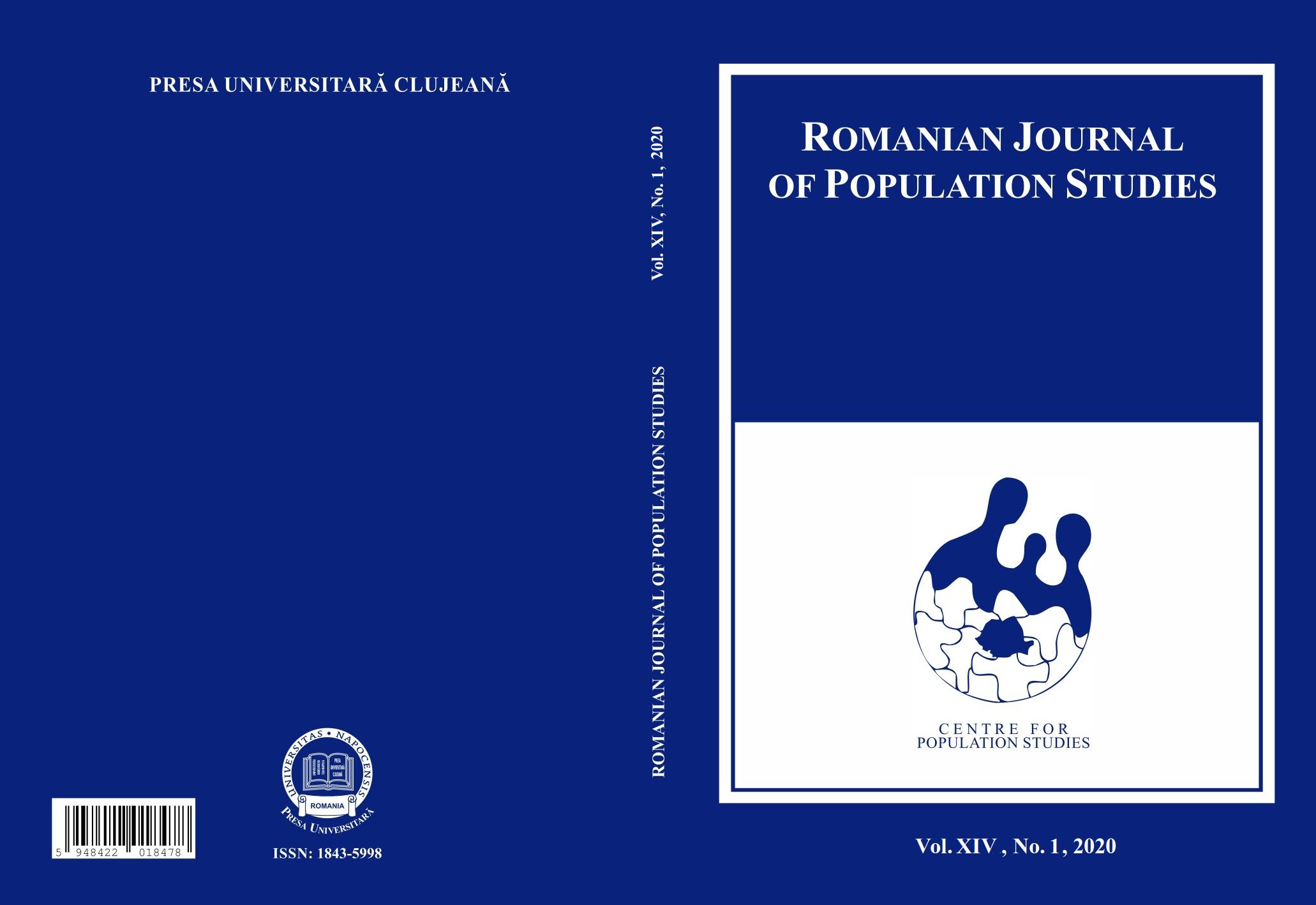The Human Costs of the First World War for the Romanians from Transylvania, Banat, Crişana, Sătmar and Maramureş
The Human Costs of the First World War for the Romanians from Transylvania, Banat, Crişana, Sătmar and Maramureş
Author(s): Ioan PopaSubject(s): History, Social history, Modern Age
Published by: Centrul de Studiere a Populaţiei
Keywords: Astra; 1922; First World War; Transylvania; Romanian;
Summary/Abstract: Through the magnitude and the complexity of the investigation, the inquiry realized in 1922 by the Transylvanian Association for the Romanian Literature and the Culture of the Romanian People (Astra) represents a major analytical and documentary landmark in researching the human costs of the First World War. The involvement of the provincial and local authorities made it possible to obtain a coverage percentage of 99.56% among the ranks of the Romanian population from Hungary/Transleithania, which became part of Romania in 1918. At the level of the communes, the coverage percentage amounts to 90.76%, the area which was not investigated according to Astra’s methodology having a very low weight in the Romanian population or lacking Romanians altogether. The high degree of the population’s coverage and of validation for the completed questionnaires, entitled “Nominal boards”, allowed the obtaining of certain relevant coefficients for the variables “Involvement in the movements enforced by the war”, “The fate endured during the war” and “The impact of the war upon the family”. The general results published for the first time in 1923, without a critical processing of the documentary material, generated, naturally, objections concerning their value, the partial character of the data being imputed in the first place. The recent approach of the inquiry based on a sociological methodology demonstrated the scientific credibility of the documentary material (2019). The strong points of the inquiry are the fields “Mobilized persons” and “Dead and missing persons”. The results can be valuable from different perspectives, as for instance for the assessment of the report between the rural and the urban areas in what concerns the vulnerability and the benefits or for depicting the Romanians from Transylvania, Banat, Crişana, Sătmar and Maramureş in wider contexts. The rural-urban ratio confirms the higher degree of exposure to danger and suffering for the agrarian work segment. The comparison of the Romanian environment with the Transylvanian-Saxon one highlights the importance of the relationship with the power structures, along certain temporary segments with a centuries-old value.
Journal: Romanian Journal of Population Studies
- Issue Year: 14/2020
- Issue No: 1
- Page Range: 63-86
- Page Count: 24
- Language: English
- Content File-PDF

